Exploring the Causes and Effects of Autism
Unleashing the mysteries of autism: Discover the causes and effects of this complex disorder that impacts lives.
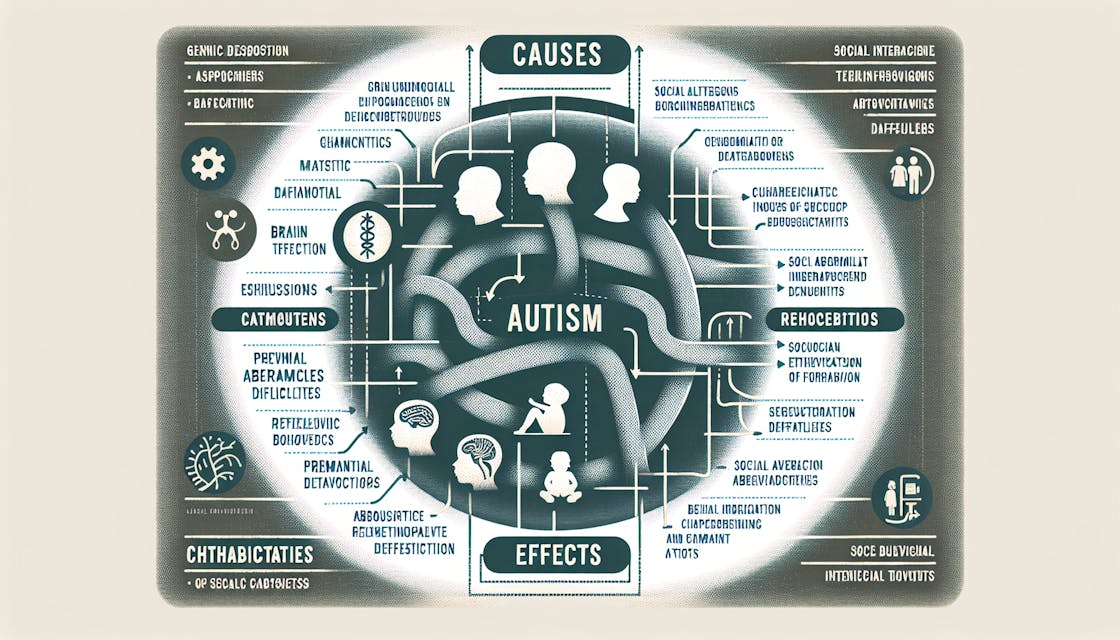
Understanding Autism Spectrum Disorder
Autism Spectrum Disorder (ASD) is a complex neurodevelopmental disorder that affects individuals in various ways. To gain a better understanding of ASD, it's important to explore what it is, its prevalence, and the early signs and diagnosis.
What is Autism Spectrum Disorder?
Autism Spectrum Disorder is a term used to describe a range of conditions characterized by challenges in social interaction, communication, and repetitive behaviors. It is a lifelong condition that affects individuals differently, leading to a unique set of strengths and challenges.
ASD is considered a spectrum disorder because it encompasses a wide range of symptoms and levels of impairment. Some individuals with ASD may require significant support in their daily lives, while others may have exceptional abilities in specific areas.
The exact cause of ASD is not known, but research suggests that it is likely caused by a combination of genetic and environmental factors. Differences in brain development are thought to contribute to the development of ASD.
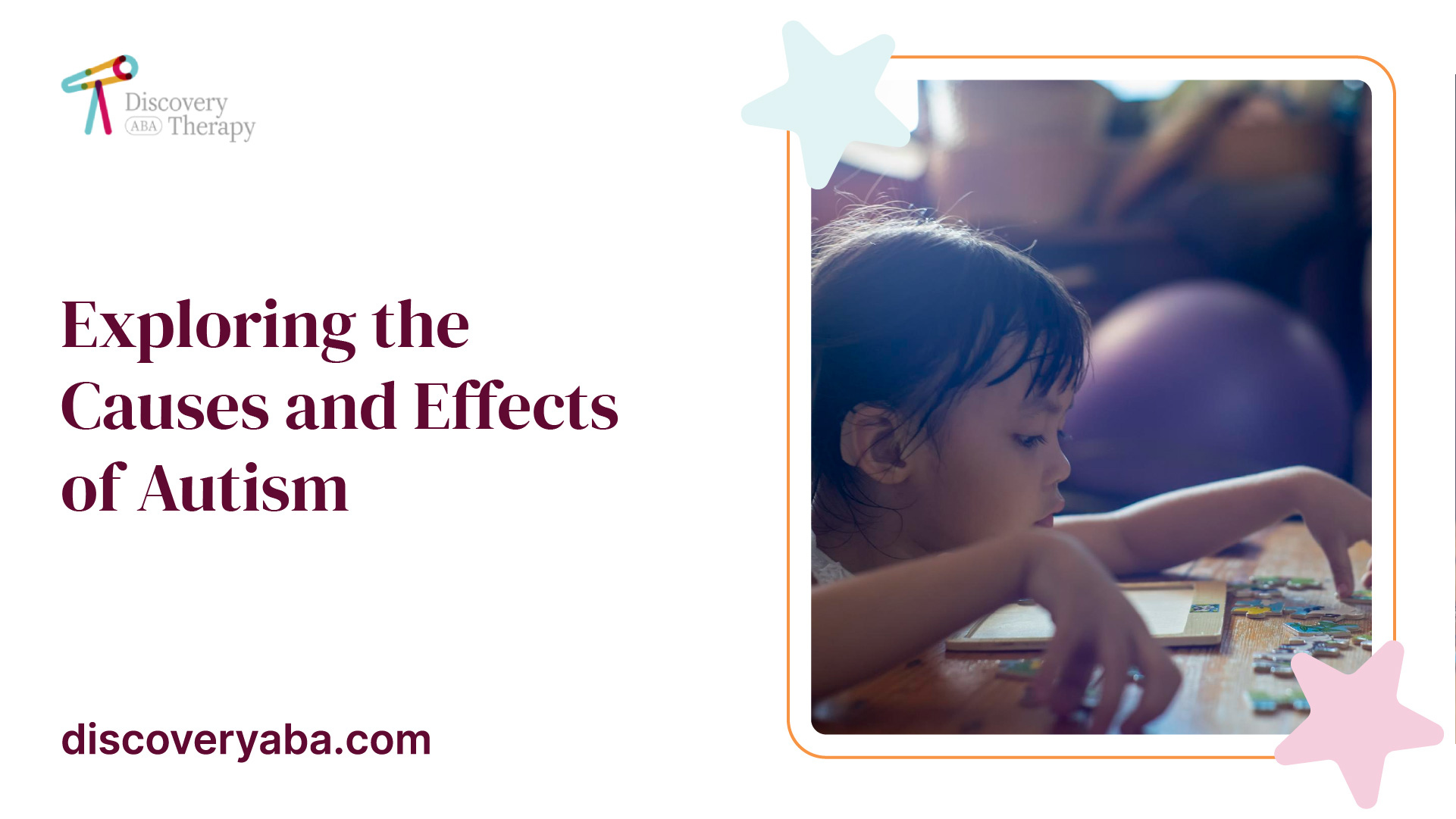
Prevalence of Autism Spectrum Disorder
The prevalence of Autism Spectrum Disorder has been on the rise in recent years. According to the Centers for Disease Control and Prevention (CDC), approximately 1 in 54 children in the United States is diagnosed with ASD. Boys are four times more likely to be diagnosed with ASD than girls.
It's important to note that while the prevalence of ASD has increased, improved awareness and changes in diagnostic criteria may also contribute to the rise in reported cases.
Early Signs and Diagnosis of Autism Spectrum Disorder
Early diagnosis of Autism Spectrum Disorder is crucial in order to provide appropriate support and interventions. While ASD can sometimes be detected in children as young as 18 months, many children are not diagnosed until later.
Some early signs of ASD may include:
- Lack of or delayed speech and language development
- Difficulty with social interactions and making eye contact
- Repetitive behaviors or restricted interests
- Sensory sensitivities or aversions
If parents or caregivers notice any of these signs, it is recommended to consult with a healthcare professional for further evaluation and diagnosis. Early intervention services, such as speech therapy, occupational therapy, and behavior therapy, can greatly improve a child's development and outcomes.
By understanding what Autism Spectrum Disorder is, its prevalence, and the early signs and diagnosis, we can better support individuals with ASD and promote their overall well-being.
Causes of Autism Spectrum Disorder
The exact cause of Autism Spectrum Disorder (ASD) is still not fully understood. However, research suggests that a combination of genetic and environmental factors contribute to its development. Let's explore the two main factors associated with ASD: genetic factors and environmental factors.
Genetic Factors and Autism Spectrum Disorder
Genetic factors play a significant role in the development of Autism Spectrum Disorder. Studies indicate that genetic factors explain around 70-90% of the risk of developing ASD, with the remaining 10-30% being attributed to environmental factors.
Several genes have been identified that are linked to the development of ASD. These genes are involved in brain development and function. It is believed that certain genetic variations or mutations may disrupt normal brain development, leading to the characteristic features of ASD.
Genetic factors can also be influenced by advanced parental age. Research suggests that older parents have an increased risk of having children with ASD. However, it's important to note that genetic factors alone are not sufficient to cause ASD. Environmental factors also play a crucial role.
Environmental Factors and Autism Spectrum Disorder
Environmental factors are another important contributor to the development of Autism Spectrum Disorder. These factors include various prenatal and early life influences.
Maternal health during pregnancy can influence the risk of ASD in children. Maternal autoimmune diseases, obesity, diabetes, and exposure to air pollution have been linked to an increased risk of ASD in children. These factors suggest that the prenatal environment can have an impact on brain development.
Exposure to environmental toxins, such as air pollution, pesticides, and heavy metals, has also been associated with changes in DNA methylation patterns similar to those observed in individuals with ASD. These changes in DNA methylation can affect gene expression and potentially contribute to the development of ASD.
It's important to note that the interaction between genetic and environmental factors is complex and not fully understood. The interplay between these factors likely influences the risk and manifestation of ASD.
By understanding the role of genetic and environmental factors in Autism Spectrum Disorder, researchers can continue to explore the underlying mechanisms and develop strategies for early intervention and support for individuals with ASD.
Effects of Autism Spectrum Disorder
Autism Spectrum Disorder (ASD) is a developmental disability that can have a significant impact on individuals across various aspects of their lives. Understanding the effects of ASD is essential for providing appropriate support and resources. In this section, we will explore the social and communication challenges, behavioral and sensory differences, and the impact on daily life and functioning experienced by individuals with ASD.
Social and Communication Challenges
Individuals with ASD often experience difficulties in social interactions and communication. The way they perceive and express emotions may differ from individuals with typical brain development. They may struggle with recognizing social cues, interpreting the emotions of others, and engaging in reciprocal conversations [5].
These challenges can manifest in various ways, such as difficulty making and maintaining eye contact, limited or repetitive speech, difficulty understanding non-verbal cues like facial expressions and body language, and challenges in developing and maintaining friendships. It is important to provide individuals with ASD with the necessary support and interventions to help them navigate these social and communication challenges.
Behavioral and Sensory Differences
Behavioral and sensory differences are common in individuals with ASD. Sensory sensitivity or sensory overload is often experienced, making everyday experiences overwhelming. Some individuals may be hypersensitive, meaning they are highly sensitive to certain sounds, textures, tastes, or smells. Others may experience hyposensitivity, a reduced ability to detect or interpret sensory stimuli. These differences can affect how individuals with ASD interact with their environment and engage in daily activities.
Behavioral differences can also be observed in individuals with ASD. They may engage in repetitive behaviors or have restricted interests. These behaviors can include repetitive body movements (e.g., hand-flapping), adherence to strict routines, and intense focus on specific topics or objects. These behaviors serve different purposes for individuals with ASD, such as self-regulation or sensory stimulation.
Impact on Daily Life and Functioning
The effects of ASD extend beyond social and communication challenges and behavioral differences. Individuals with ASD may face difficulties in daily life and functioning. These challenges can vary depending on the severity of the disorder and the individual's unique strengths and weaknesses.
Daily life activities such as self-care routines, time management, and organization may require additional support and guidance for individuals with ASD. Transitioning between different tasks or environments can be challenging, and changes in routines may cause distress.
Education and employment can also be impacted by ASD. Individuals with ASD may require specialized educational programs or accommodations to maximize their learning potential. In the workplace, they may benefit from supportive environments that accommodate their unique needs and strengths.
It is important to recognize that the effects of ASD can be diverse and vary from person to person. Each individual with ASD has their own unique set of strengths and challenges. By understanding and addressing these effects, we can work towards creating inclusive environments and providing appropriate support for individuals with ASD to thrive in their daily lives.
Early Intervention and Treatment for Autism Spectrum Disorder
When it comes to autism spectrum disorder (ASD), early intervention and treatment play a crucial role in improving outcomes for individuals with autism. By addressing the unique needs and challenges associated with ASD at an early stage, individuals can develop essential skills and enhance their overall quality of life.
Importance of Early Intervention
Early intervention refers to therapeutic and educational services provided to children from birth to 3 years old (36 months) to help them learn important skills. Early diagnosis and intervention are key in order to maximize the benefits of treatment and support. Research suggests that early intervention can significantly impact the long-term outcome for children with autism.
The goal of early intervention is to address the specific developmental and behavioral challenges faced by children with autism. These interventions are tailored to the individual needs of each child and may include various therapeutic approaches, such as speech therapy, occupational therapy, and behavioral therapy. The focus is on promoting communication skills, social interaction, cognitive development, and adaptive behaviors.
Behavioral and Educational Interventions
Behavioral and educational interventions are at the core of early intervention for autism spectrum disorder. Applied Behavior Analysis (ABA) is one of the most widely recognized and evidence-based behavioral interventions for individuals with autism. ABA focuses on analyzing and modifying behavior patterns to teach new skills and reduce challenging behaviors. This approach is highly individualized and targets specific areas of need, such as language development, social skills, and self-care.
Another educational intervention commonly used is the Early Start Denver Model (ESDM). This comprehensive approach combines behavioral and developmental principles to enhance social communication skills, cognitive abilities, and adaptive behaviors in young children with autism. The ESDM utilizes play-based activities and naturalistic teaching methods to promote learning and engagement.
Supportive Therapies for Individuals with Autism
In addition to behavioral and educational interventions, individuals with autism may benefit from supportive therapies that address specific challenges associated with the condition. These therapies are designed to enhance overall functioning and improve the individual's quality of life.
Speech therapy is often utilized to improve communication skills, including spoken language, nonverbal communication, and social interaction. Occupational therapy focuses on developing fine motor skills, sensory integration, and daily living skills. Physical therapy may be recommended to improve gross motor skills, coordination, and body awareness.
It is important to note that the effectiveness of interventions may vary for each individual with autism. The treatment plan should be tailored to the specific needs and strengths of the individual, taking into account their age, cognitive abilities, and language/communication skills. Regular assessment and adjustment of the intervention strategies are essential to ensure ongoing progress.
By providing early intervention and a comprehensive treatment approach that includes behavioral and educational interventions, as well as supportive therapies, individuals with autism can develop important skills and reach their full potential. It is through these interventions that individuals with autism can enhance their communication, social interaction, and overall functioning, leading to a better quality of life for both the individual and their families.
Long-Term Outlook and Challenges
As individuals with Autism Spectrum Disorder (ASD) transition into adulthood, they face a unique set of challenges and experiences that can impact their lives and the lives of their families. In this section, we will explore the long-term outlook and some of the challenges associated with ASD, including the transition to adulthood, co-occurring conditions, and the impact on families.
Transition to Adulthood
The transition from adolescence to adulthood can be particularly challenging for individuals with ASD. They may encounter increased risks for health problems, psychiatric comorbidity, low employment rates, and difficulties with social relationships and independent living. However, it is important to note that long-term outcomes for individuals with ASD are improving due to earlier diagnosis and more effective, evidence-based interventions. A growing number of individuals with ASD have a life that is at least partially independent, with a greater ability to talk, read, drive, graduate from school, and live in the community.
Co-occurring Conditions and Challenges
Many individuals with ASD also experience co-occurring conditions that can further impact their lives. These conditions may include anxiety disorders, attention-deficit/hyperactivity disorder (ADHD), sleep disorders, epilepsy, and gastrointestinal issues [7]. Managing these co-occurring conditions alongside ASD can present additional challenges, requiring comprehensive and individualized care.
It is worth noting that the long-term outcome for individuals with ASD can vary. A systematic review and meta-analysis found that 19.7% of individuals had a very good to good long-term outcome, 31.1% had a fair outcome, and 47.7% had a poor to very poor outcome [6]. Each person's journey with ASD is unique, and their long-term outlook depends on a variety of factors, including early intervention, access to appropriate support and services, and individual strengths and abilities.
Impact on Families of Individuals with Autism
Autism spectrum disorder not only affects individuals with ASD but also has a profound impact on their families. The impact can be seen across various aspects of family life, including housekeeping, finances, emotional and mental health of parents, marital relationships, physical health of family members, response to the needs of other children within the family, sibling relationships, relationships with extended family, friends, and neighbors, and engagement in recreation and leisure activities [8].
Parents of children with ASD may experience higher levels of stress, depression, and feelings of loneliness. The stress experienced by mothers, in particular, can be an important predictor for intervention outcomes in children with ASD, including lower levels of developmental improvement. Moreover, families of children with ASD often face significant economic burden, with childhood autism being associated with a large loss of annual household income. Mothers of children with ASD may earn significantly less than mothers of children without health limitations. These challenges highlight the need for comprehensive support and resources for families affected by ASD.
As our understanding of ASD continues to evolve, it is important to recognize the long-term challenges faced by individuals with ASD and their families. By providing appropriate support, interventions, and resources, we can work towards improving the long-term outcomes and quality of life for individuals with ASD and their families.
References
- https://www.frontiersin.org/articles/10.3389/fncel.2019.00385
- https://www.spectrumnews.org/news/environmental-risk-autism-explained/
- https://www.crossrivertherapy.com/autism/autistic-brain-vs-normal-brain/
- https://www.ncbi.nlm.nih.gov/pmc/articles/PMC6952468/
- https://medlineplus.gov/genetics/condition/autism-spectrum-disorder/
- https://www.longdom.org/open-access/impact-of-autism-spectrum-disorder-on-family-44919.html
Find More Articles
Contact us
North Carolina, Tennessee, Nevada, New Jersey, Utah, Virginia
New Hampshire, Maine
Massachusetts, Indiana, Arizona, Georgia
.avif)







.jpeg)
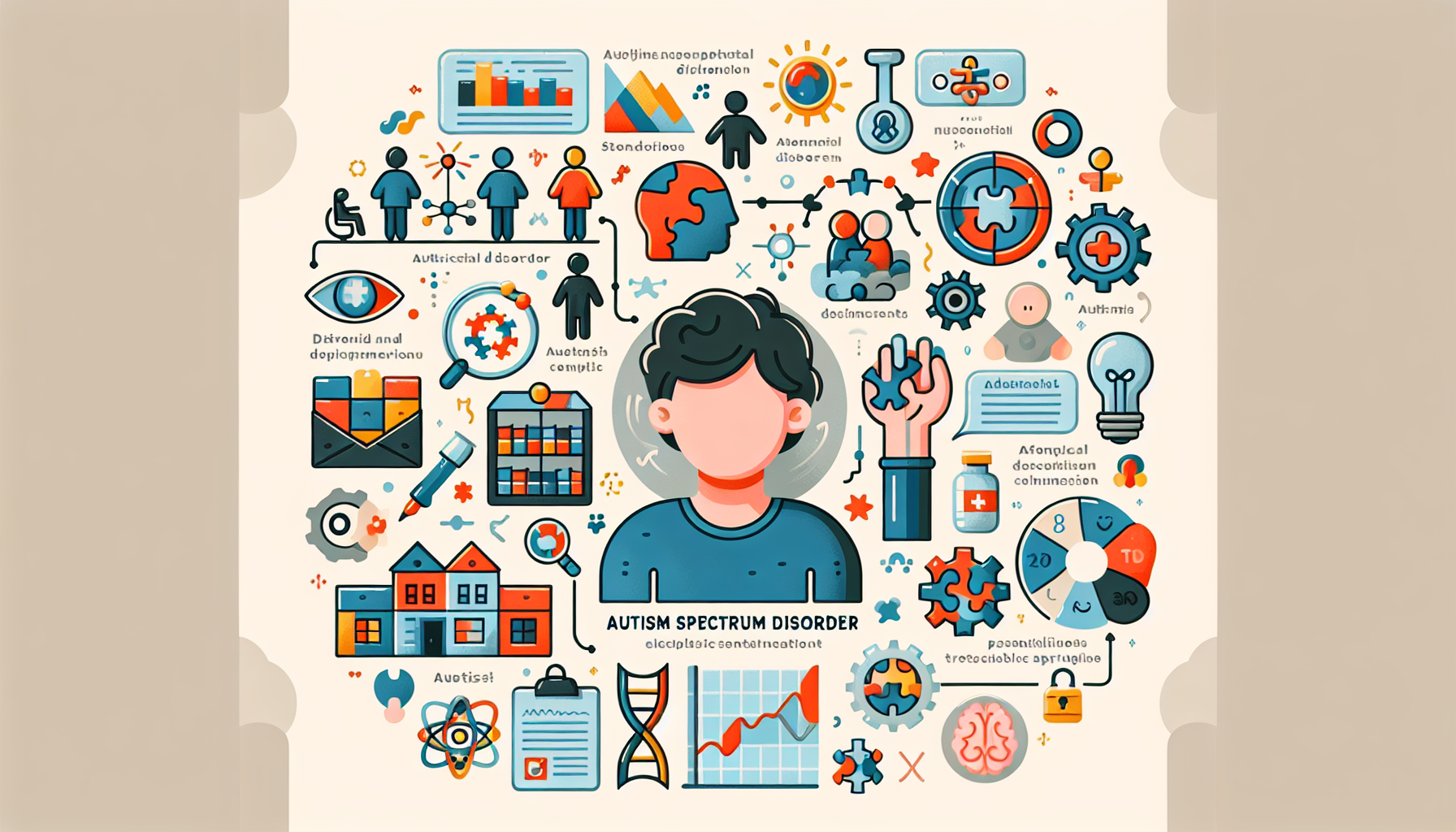


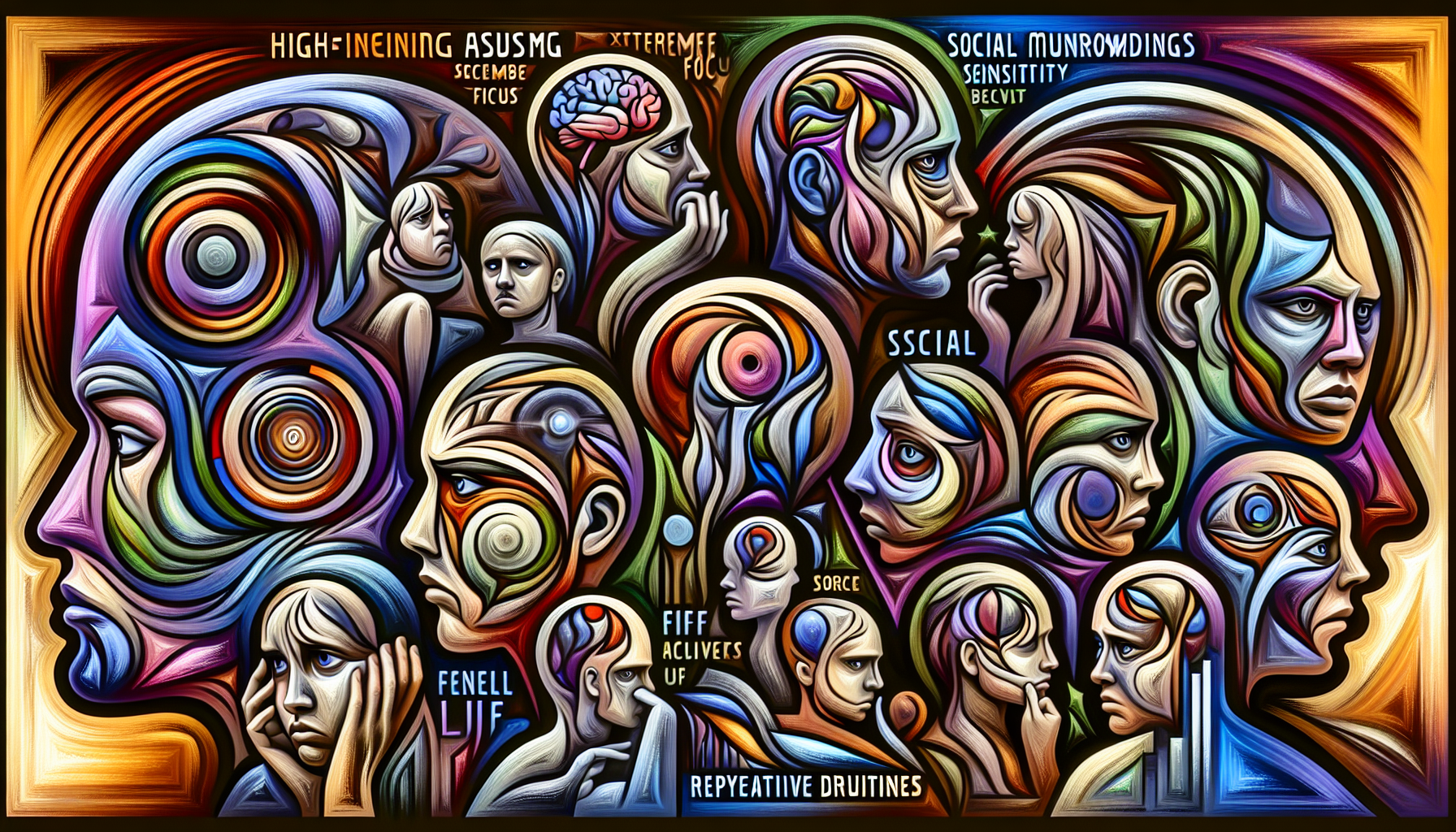

.jpeg)
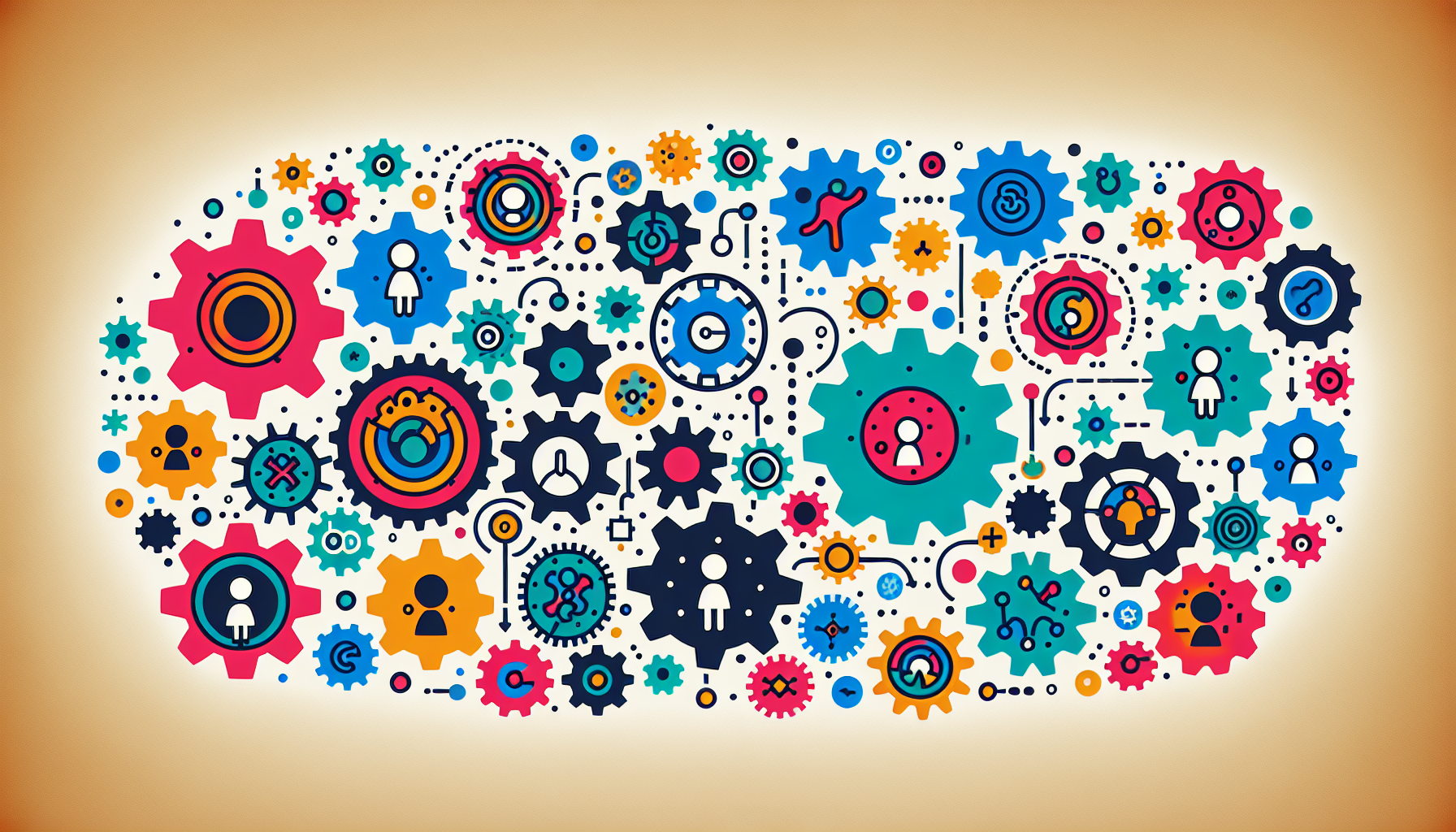


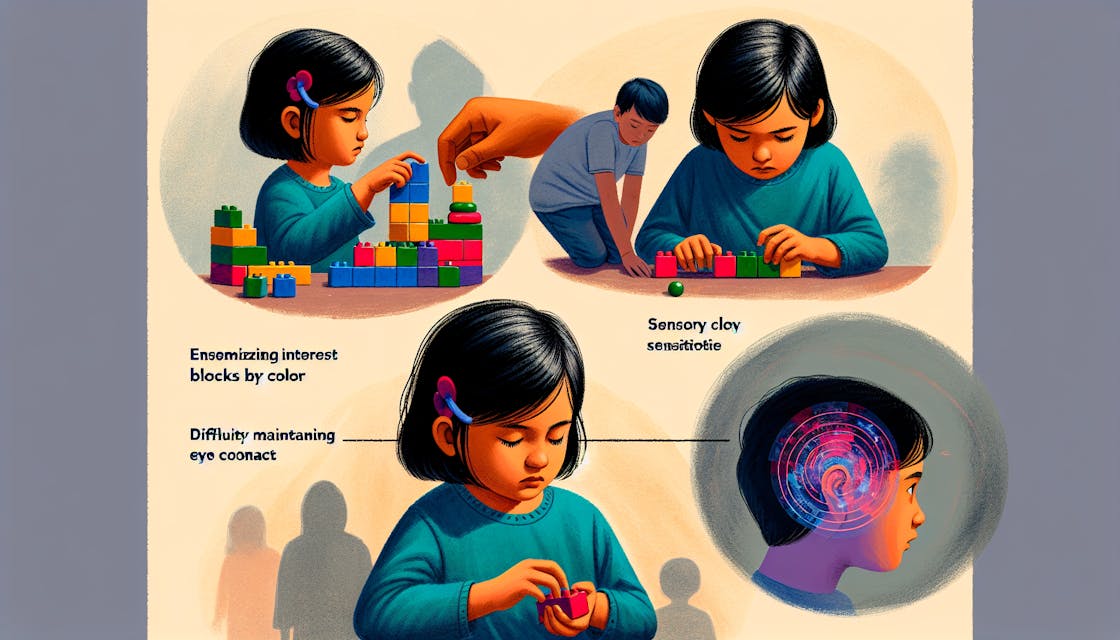


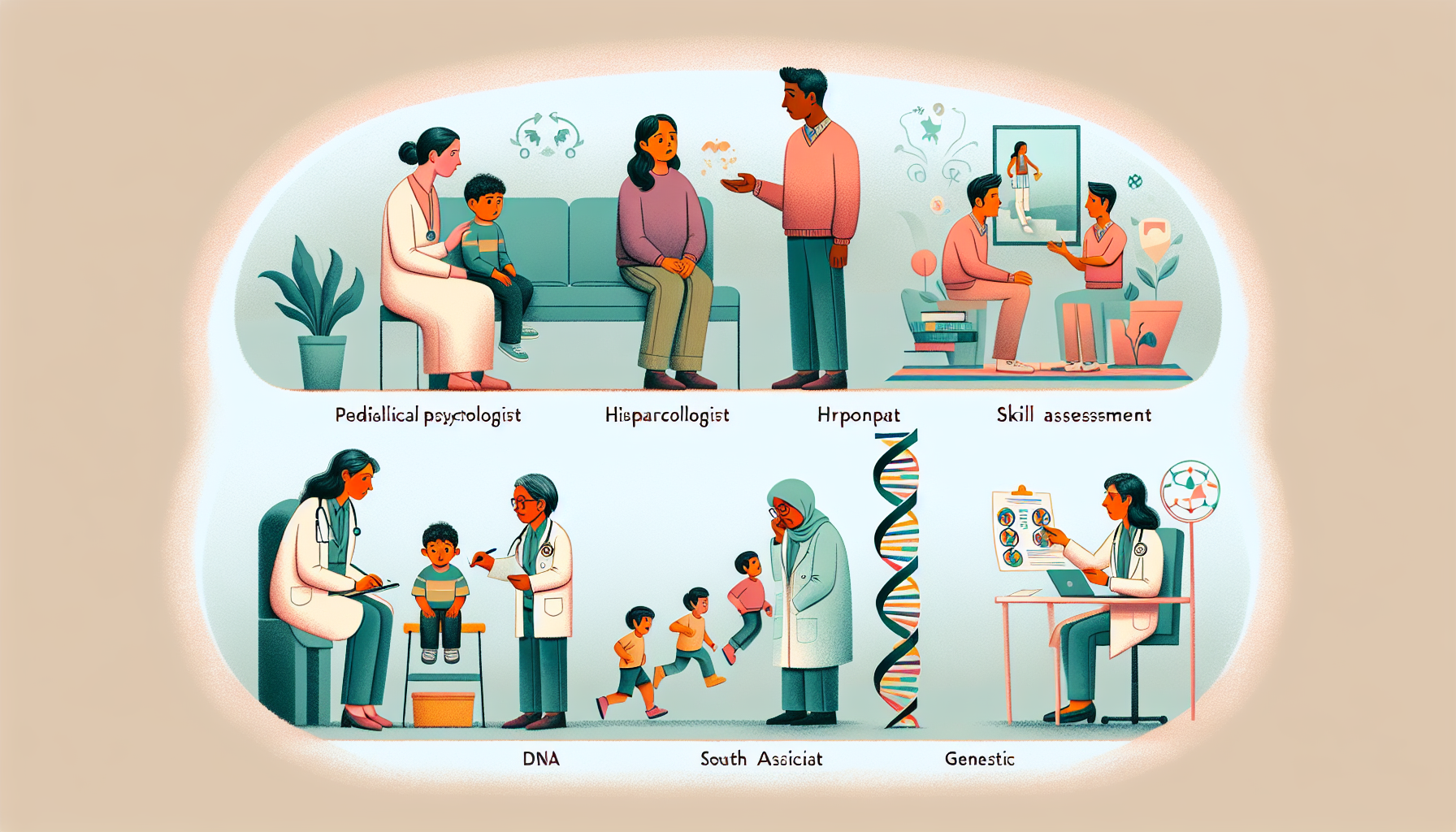




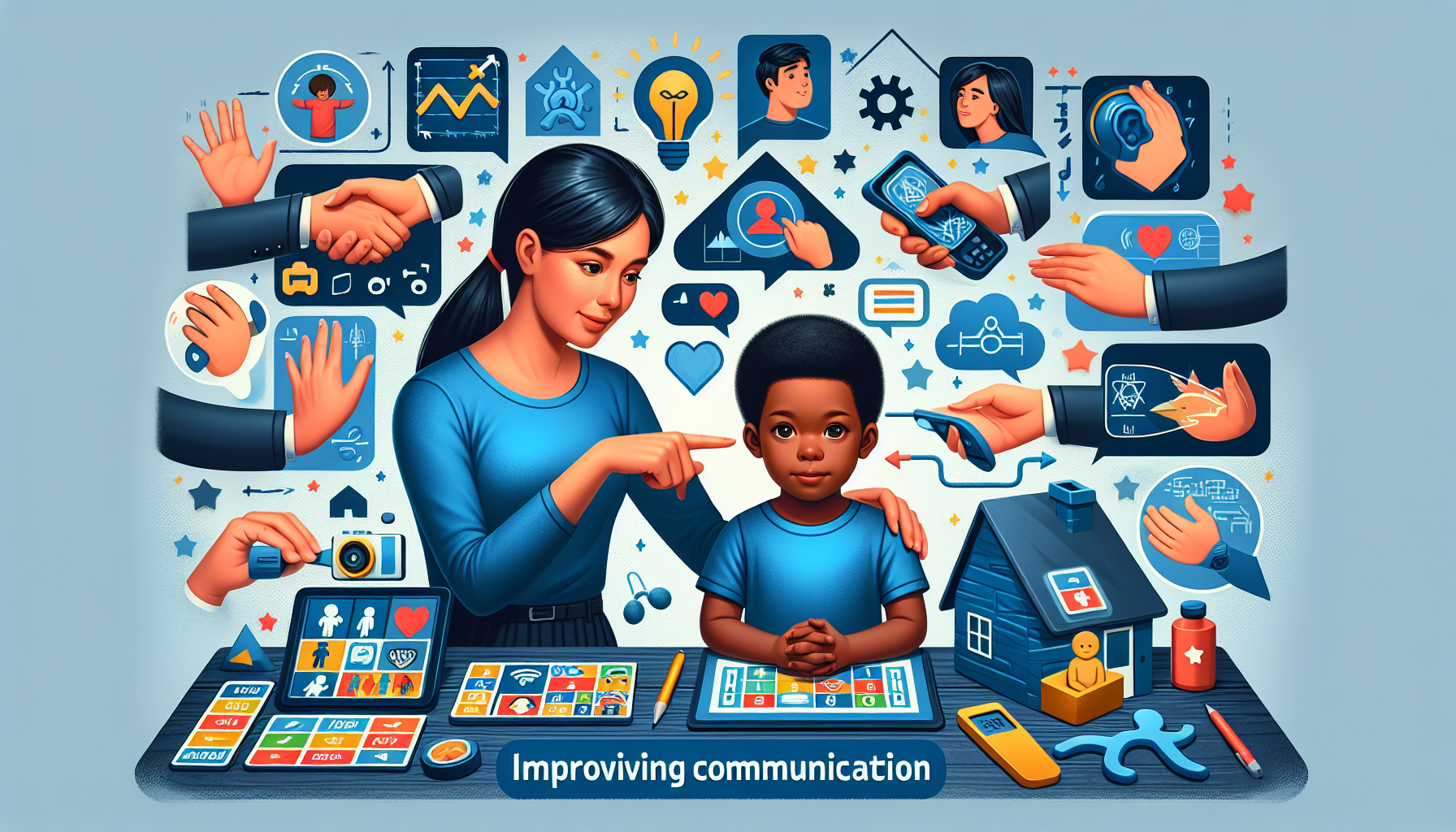













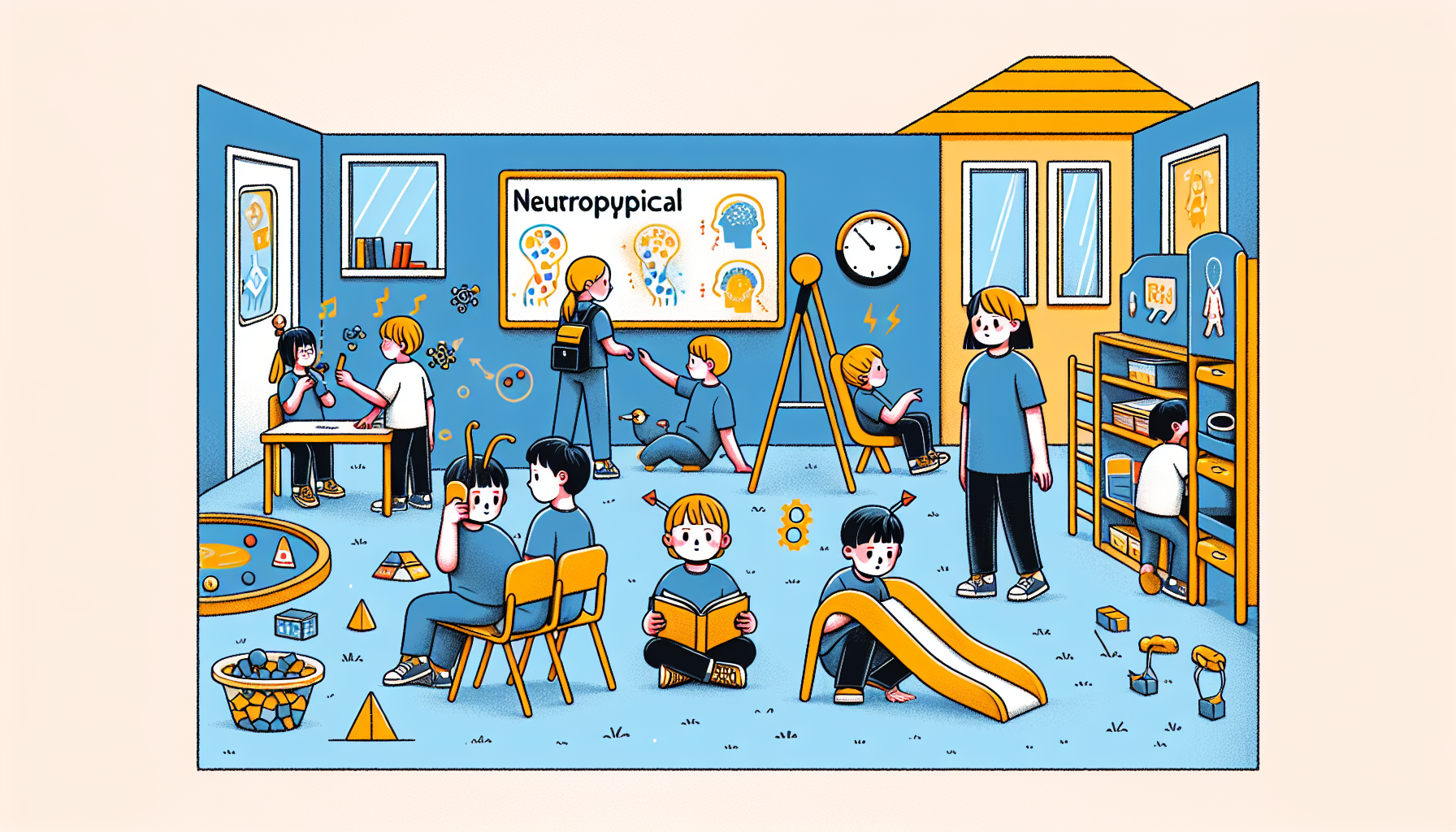



%2520(1).jpeg)

.jpeg)





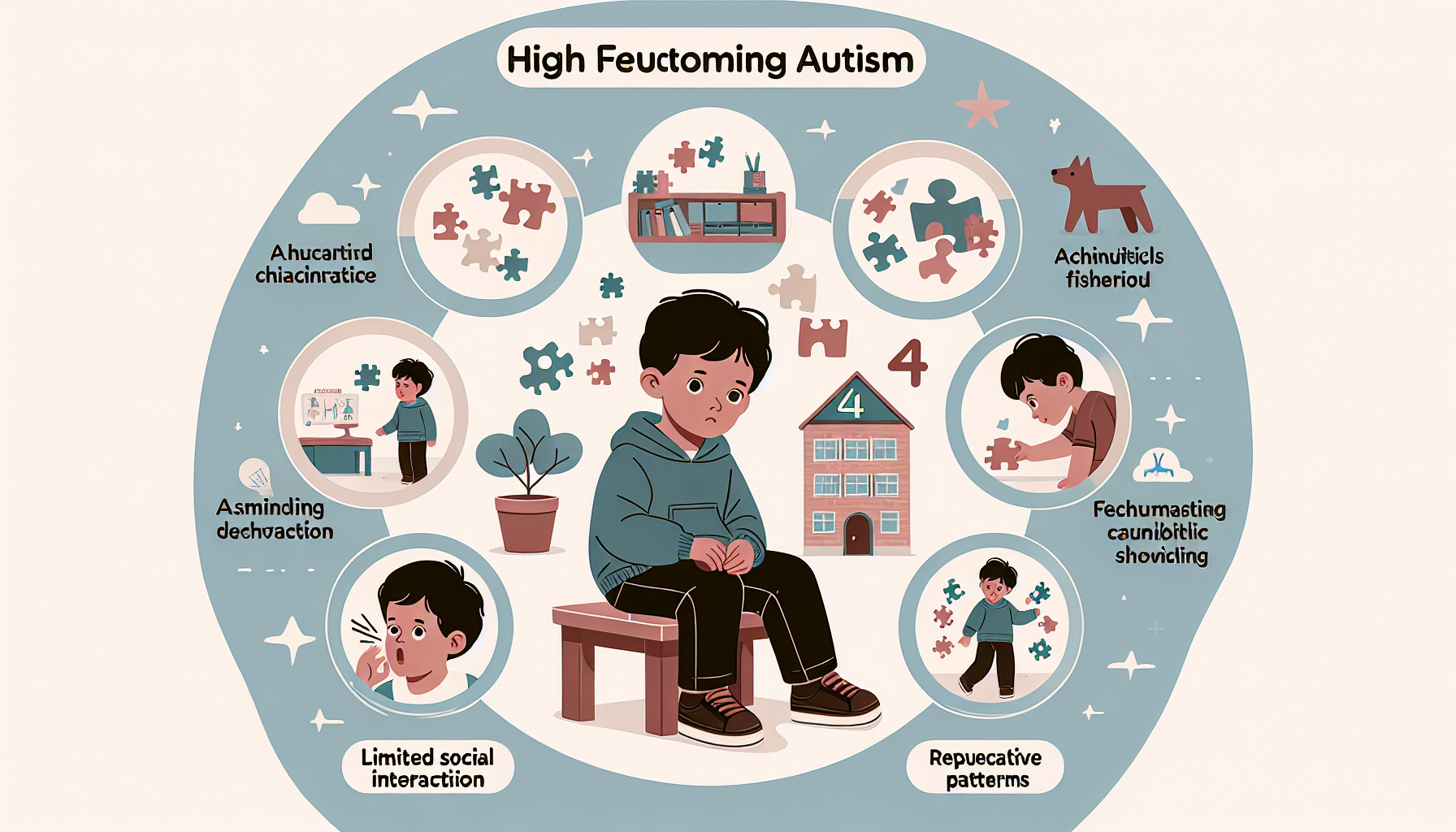






.jpeg)










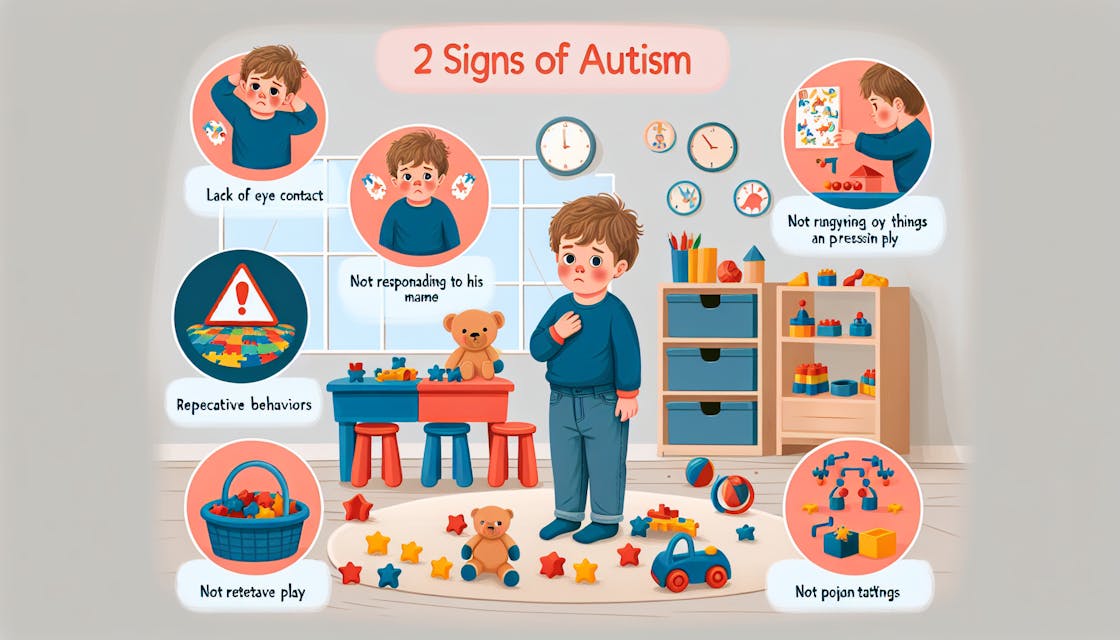
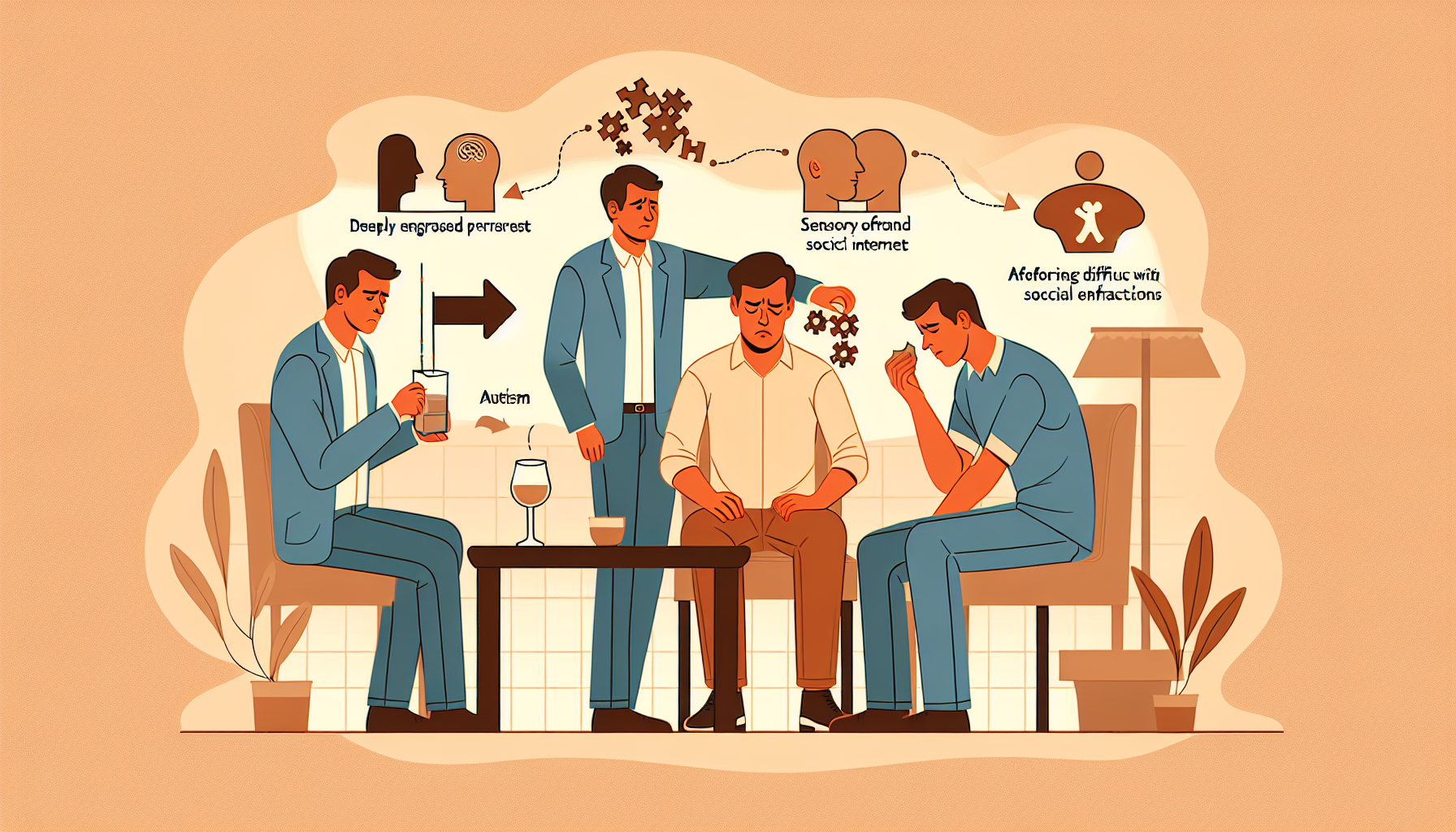

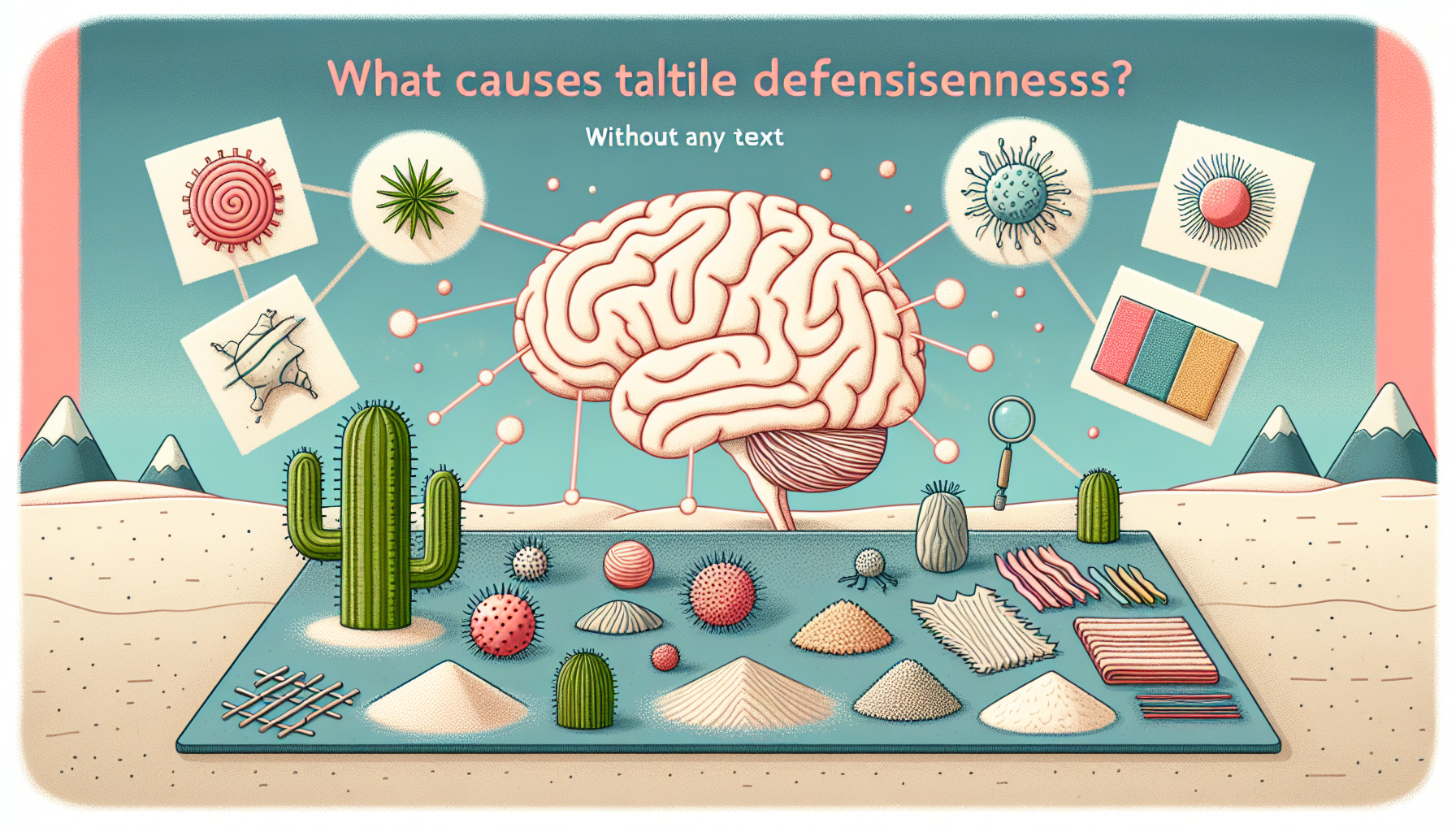



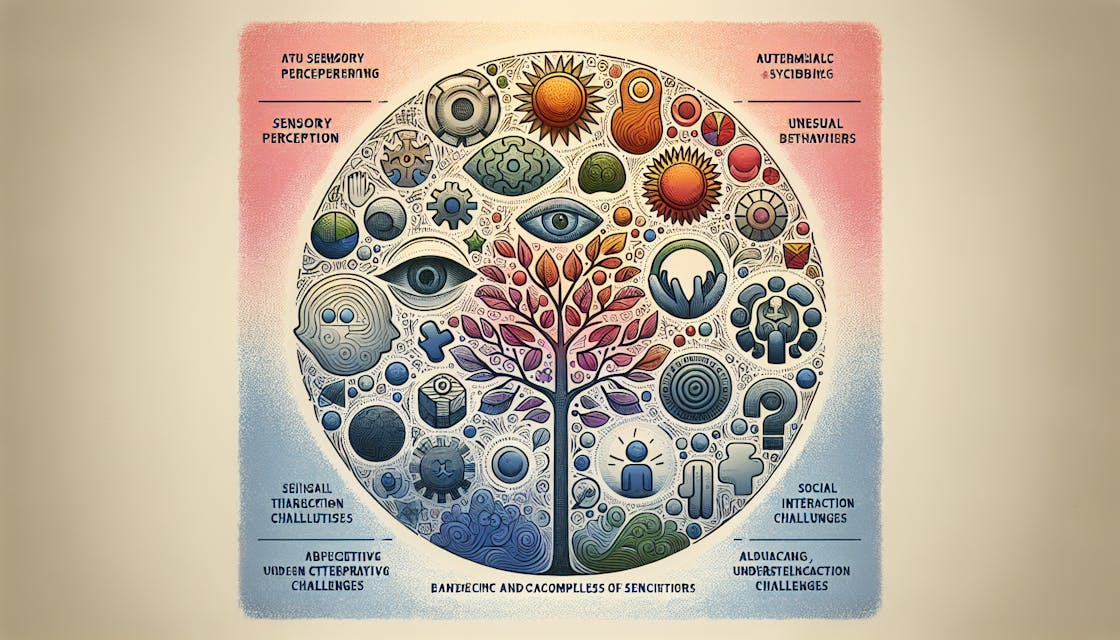
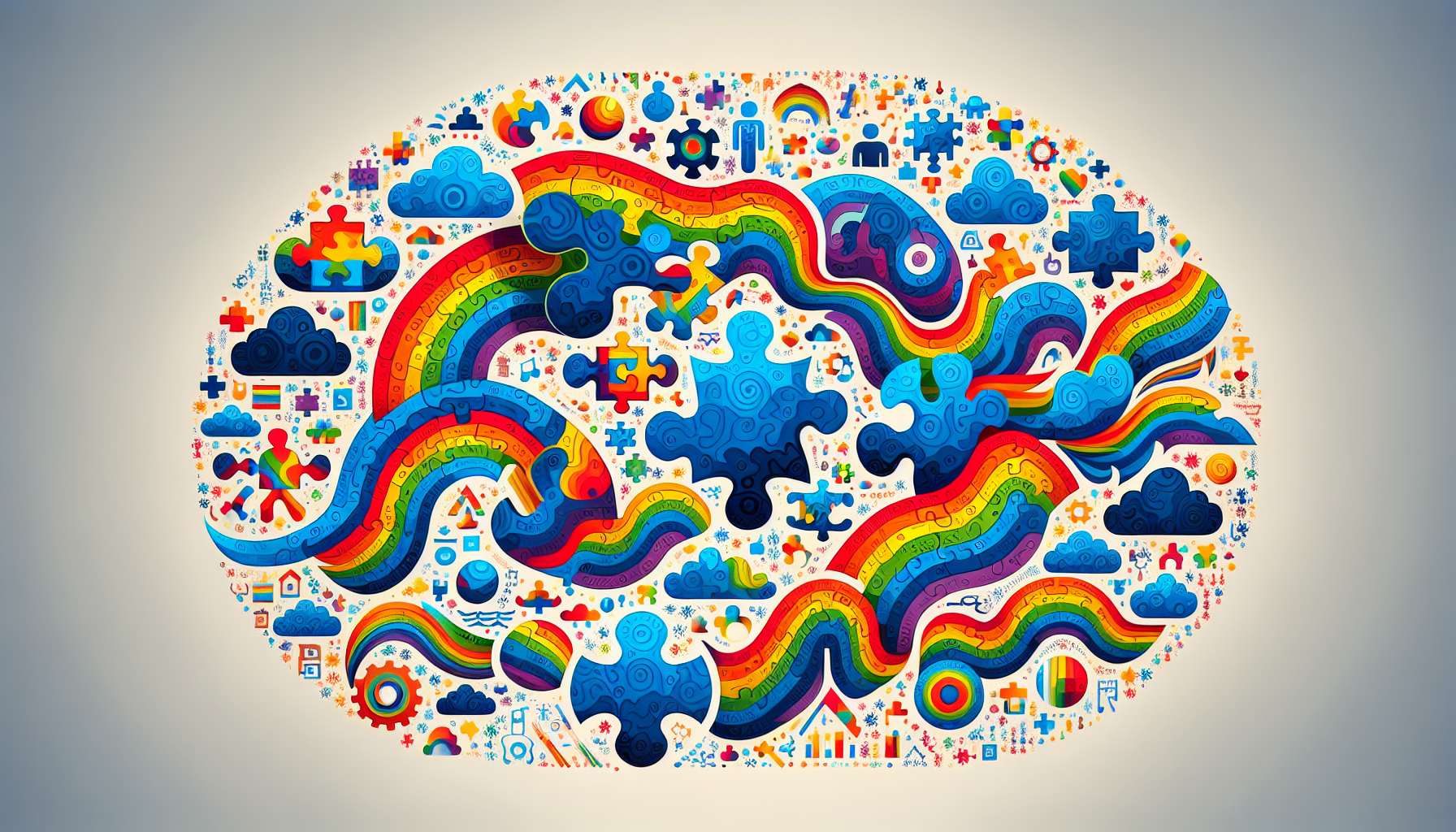
.jpeg)

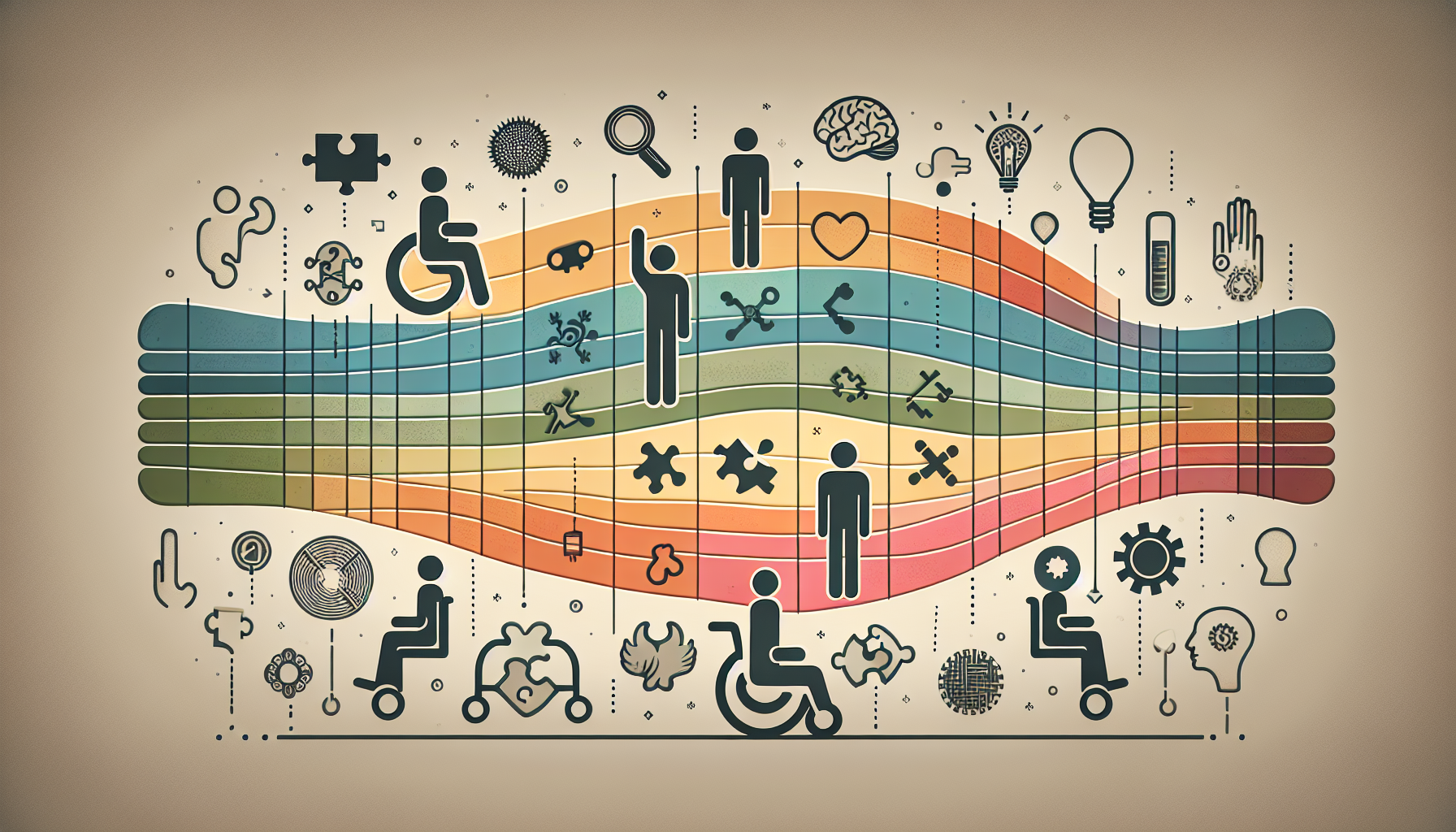
.jpeg)
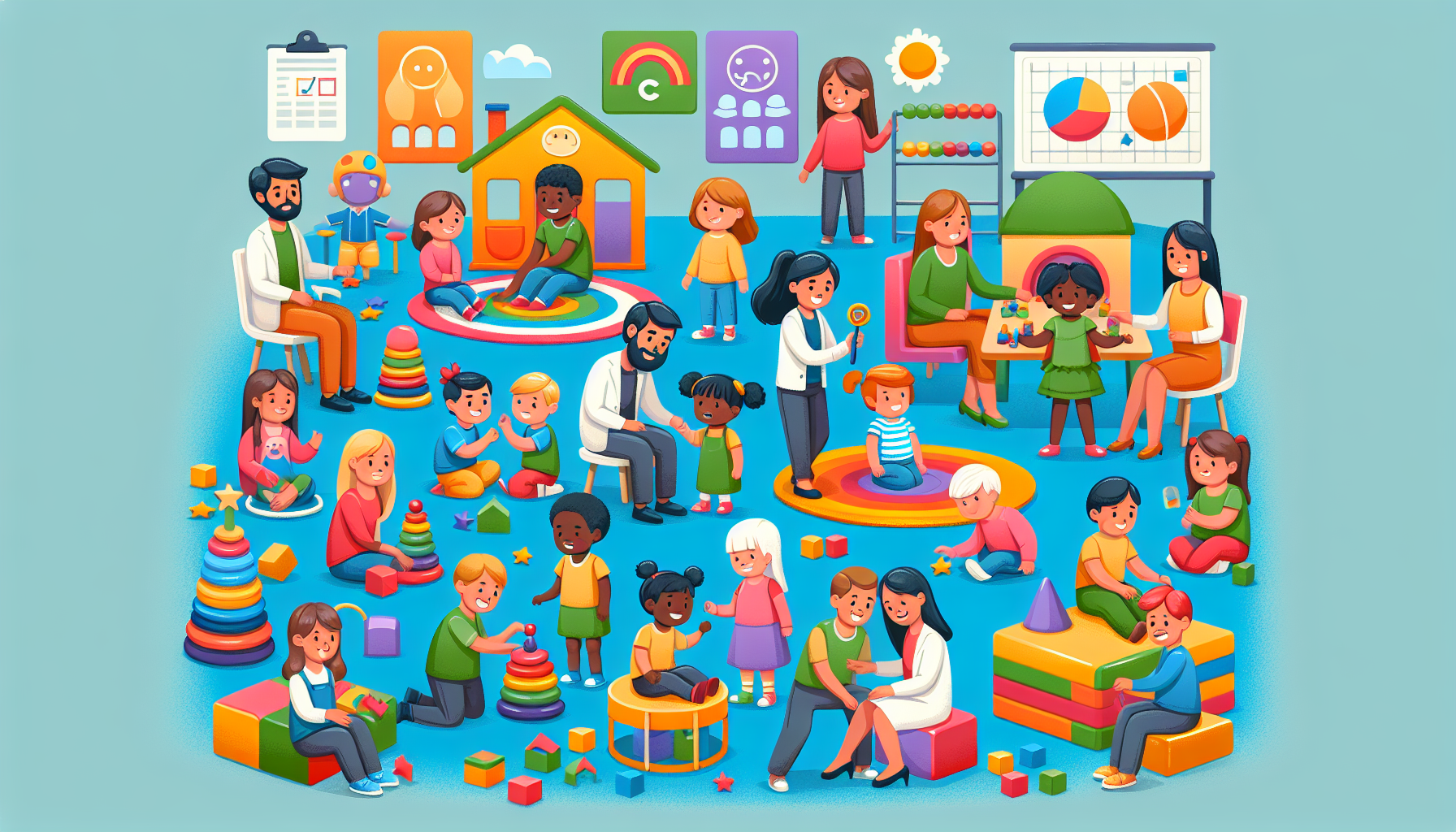
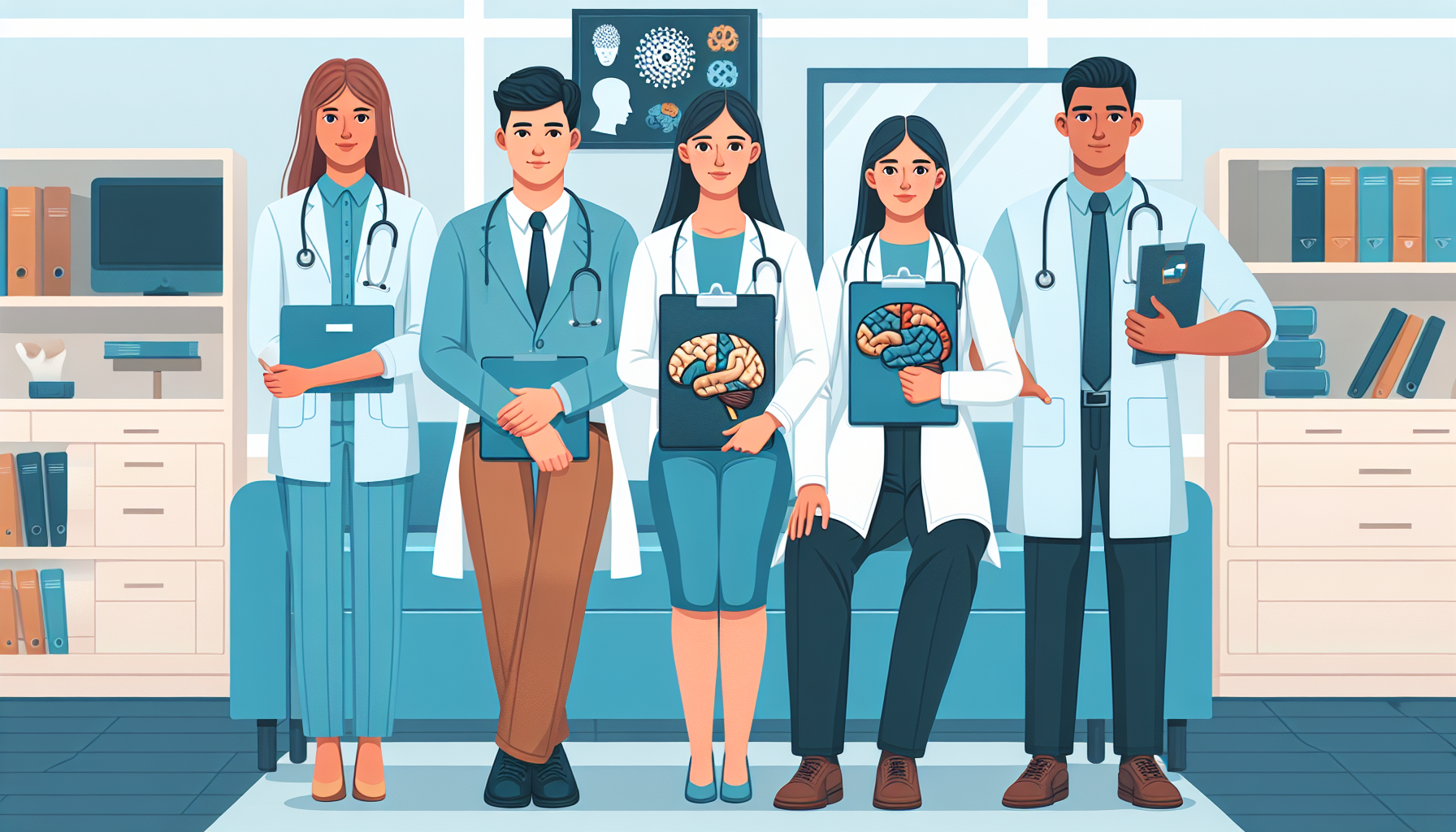
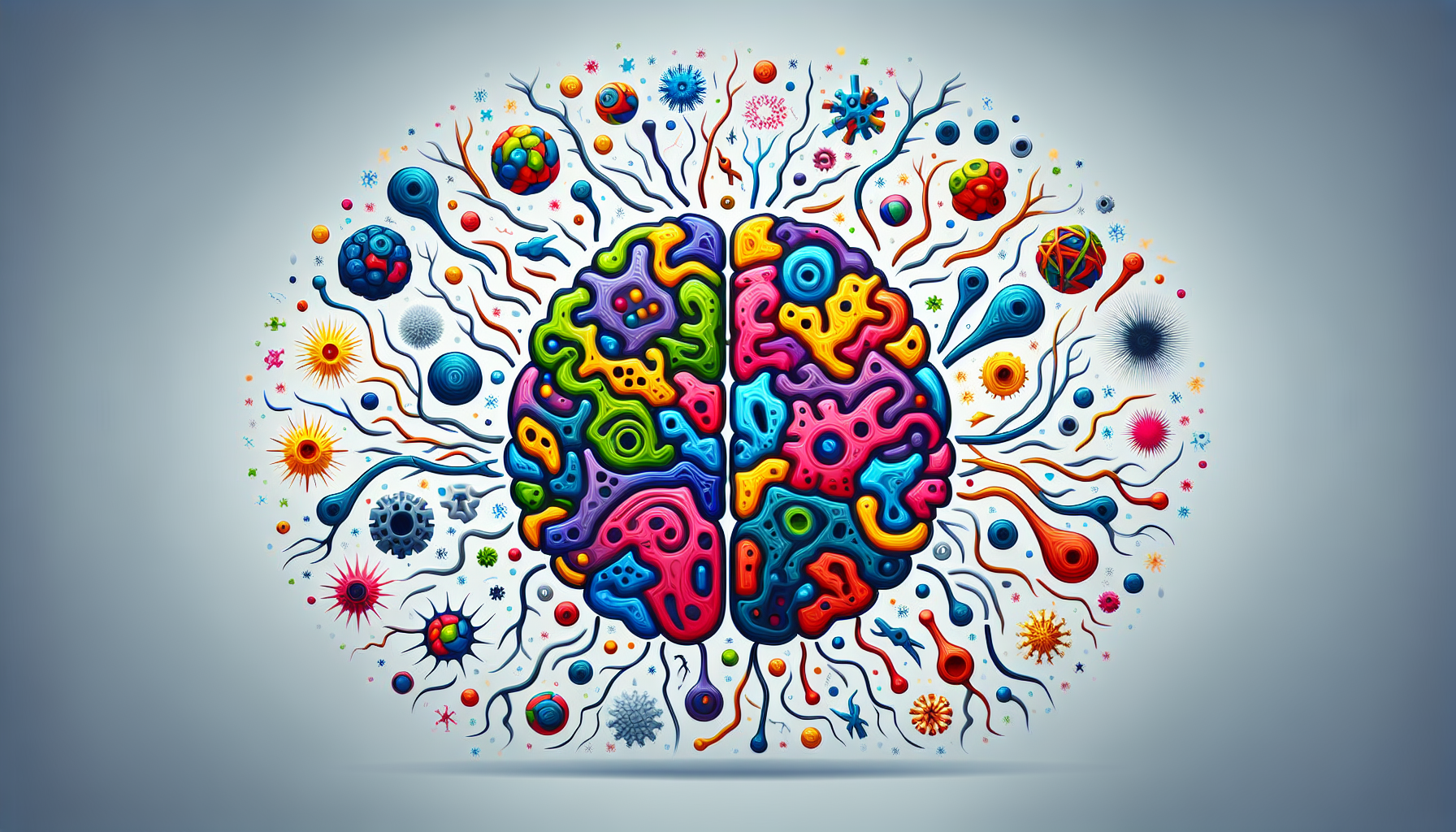
.jpeg)














